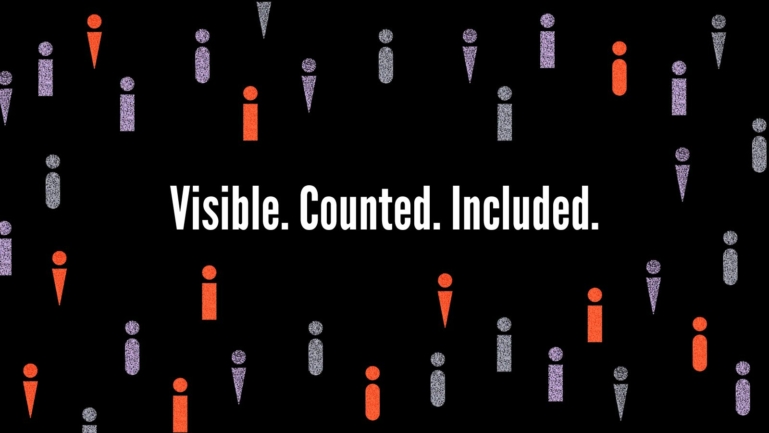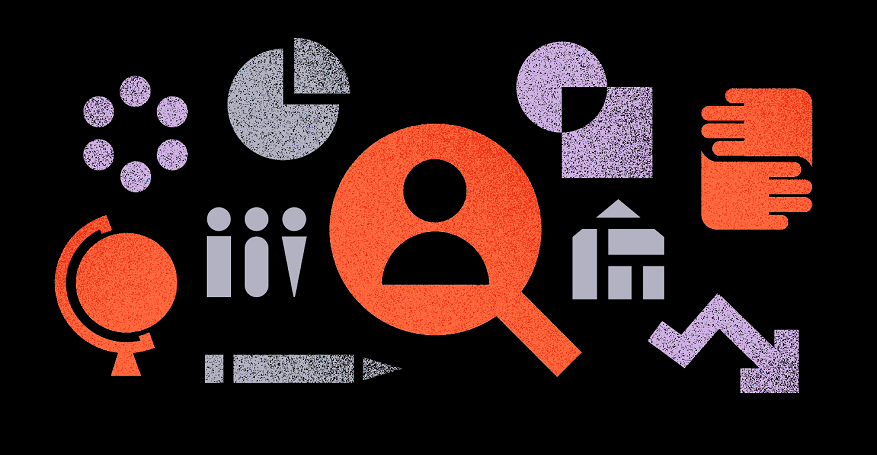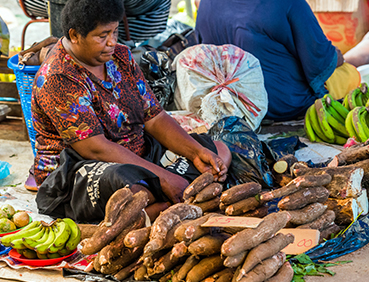Measuring Poverty Differently
Inclusive data is essential to developing effective solutions that reduce poverty and inequality. But right now, this data is lacking. Current data about global poverty provides a limited snapshot of people’s experiences.
At Equality Insights, we are on a mission to raise the standards when it comes to global poverty data. This means measuring poverty differently.
-
More than money
Poverty is usually defined as a lack of money, but this does not tell the full story. Poverty is shaped by a range of factors including as access to education, healthcare, water and sanitation, or paid work.
While current poverty measures typically focus on income or a limited range of other factors, we take a multidimensional approach and assess 15 key areas of life. In addition to measuring a wide range of relevant factors, we also collect data about assets to understand financial circumstances.
-
Surveying all adults within a home
Poverty is usually measured at a household level which involves surveying ‘heads of households’, whose responses are taken to represent the ‘average’ experience of everyone who lives in that home. The problem with this approach is that it assumes that everyone in that household is equal, with the same rights, opportunities, and resources. But this is rarely true. Measuring the poverty of households hides the differences that exist between people living in the same home.
Instead, poverty must be measured at an individual level. This means collecting information from all adults within a home. Collecting data in this way provides a truer picture of people’s circumstances, and is essential in understanding how different factors – including gender, age, and disability, among others – shape experiences of poverty and inequality. Individual-level data generates important intersectional insights that are key to creating a more just, equal and sustainable future for all.
-
Poverty measurement must be gender sensitive
Most poverty measures overlook the areas of life that are shaped by gender. But there are strong links between gender, poverty, and inequality. Gender-sensitive poverty measurement means collecting data about the areas of life that are relevant to gender, in order to develop solutions to address gender inequalities. This is why we collect data about family planning, access to menstrual products and sanitation facilities, how much influence people have over decisions that affect their lives, and the amount of time spent doing unpaid or care work.
People of all genders experience poverty differently. For example, gender roles mean that women often perform high levels of unpaid work, which limits the amount of time they can spend doing paid work. Gender-sensitive poverty data allows us to understand unique and varied experiences of poverty and inequality, as well as the barriers people face, while helping to design effective solutions.
Counted. Visible. Included.
For too long the lives of too many have been invisible in global poverty data. By taking a gender-sensitive approach, surveying every adult in a household, and asking questions about their day-to-day lives beyond just income and expenditure, we can better understand the circumstances and priorities of people experiencing poverty. This is the power of inclusive poverty measurement approaches, and is critical to achieving gender equality, reducing poverty, and realising the global promise to leave no one behind.



